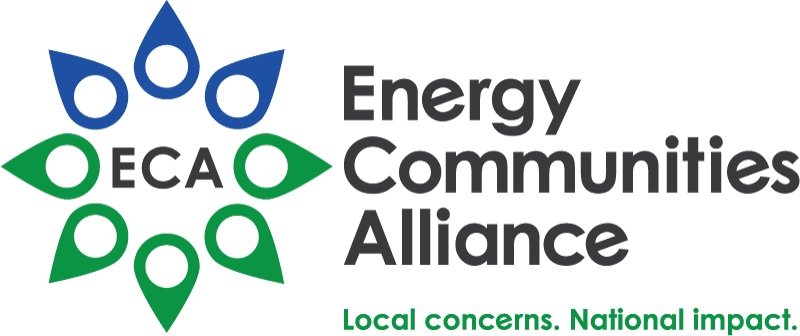ECA highlights all aspects of nuclear issues to ensure that local communities have the knowledge to ask the right questions, understand the answers, and attract the companies and businesses that benefit their community. Image: Adobe Stock
Ready for New Nuclear
ECA released the third edition of a Community Handbook on Nuclear Energy to assist local communities in identifying and understanding the myriad issues associated with potentially hosting a facility dedicated to nuclear power production, manufacturing, defense, storage or disposal.
This Handbook highlights the basic knowledge necessary for realistic discussions to develop local community strategies and describes the changes in today’s American nuclear industry that shape the economics of existing and future nuclear technologies.

